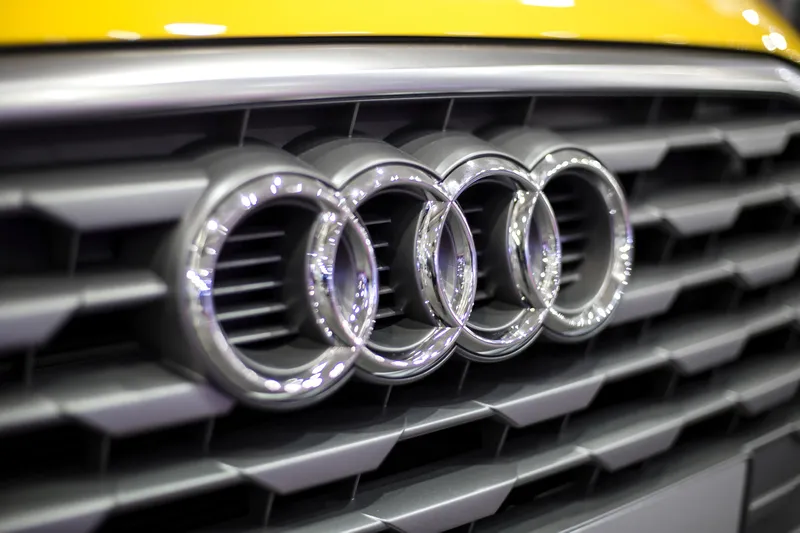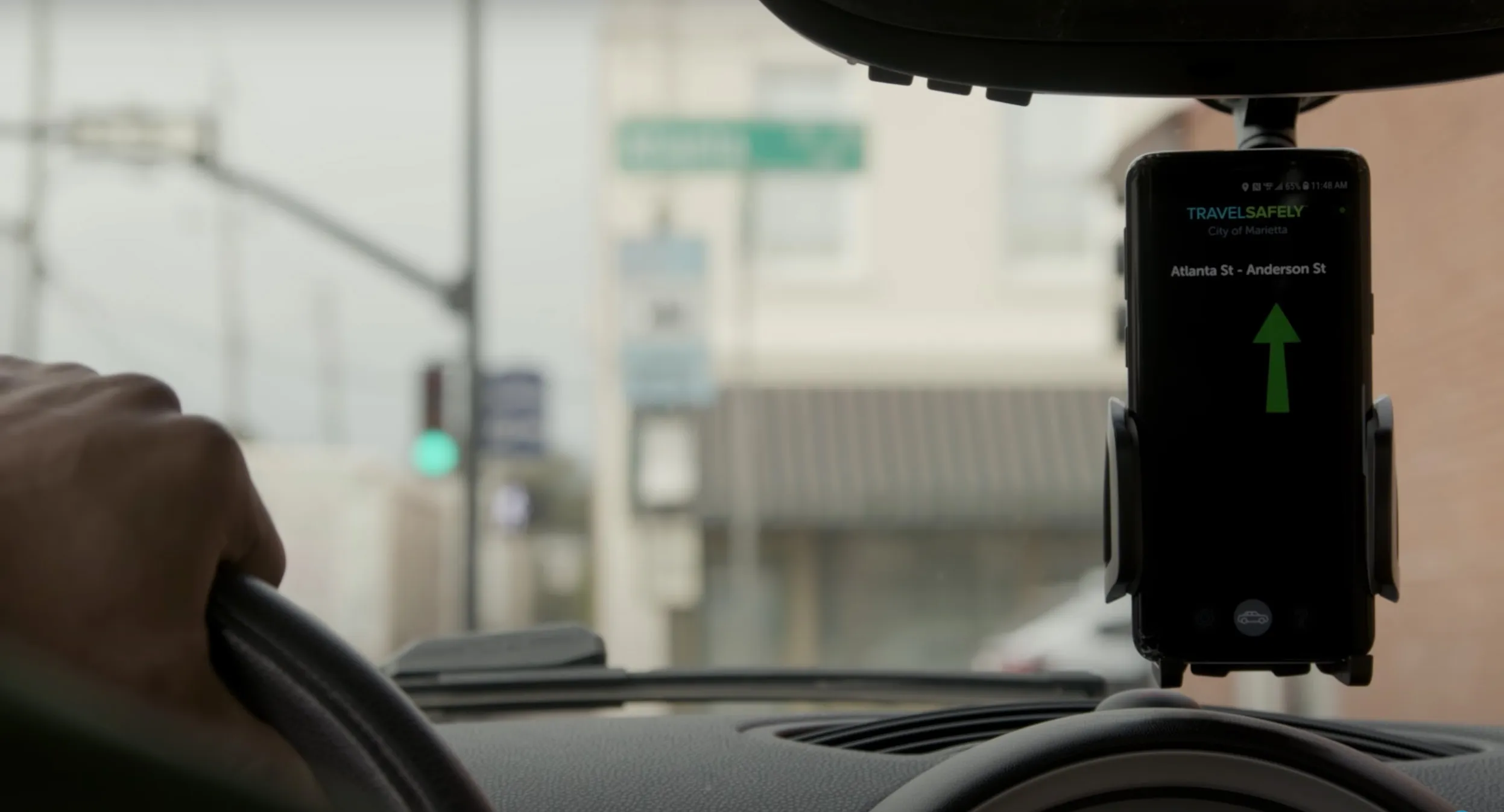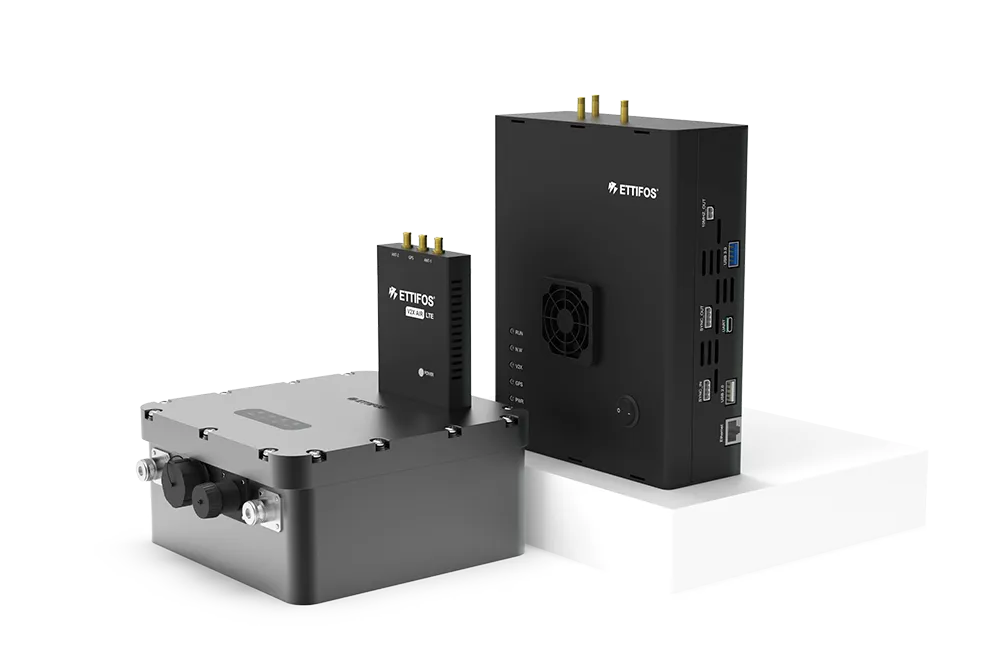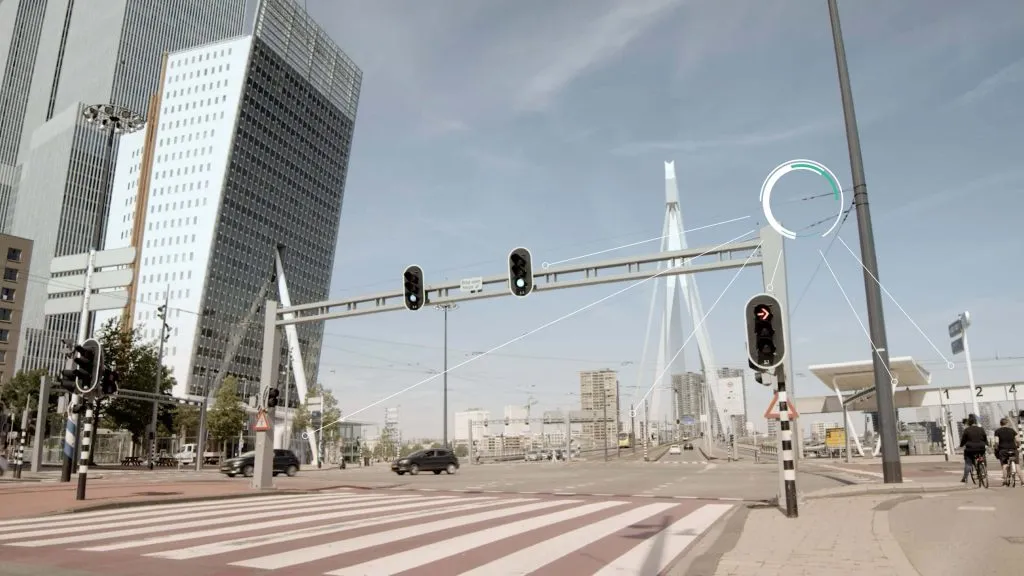
Intelligent transport systems living lab Peachtree Corners is collaborating with Audi of America to advance cellular Vehicle to Everything (C-V2X) deployment.
This is very much a live issue in the US following the Federal Communications Commission's decision to grant a joint waiver request - from companies including Audi - to deploy C-V2X technology in the upper 20 MHz part of the 5.9 GHz band.
The city in Georgia, US, has made itself into a destination for ITS companies, and city manager Brian Johnson says: “Our first official global vehicle manufacturer collaboration will be able to leverage our ‘city street of the future,’ which brings together the C-V2X vision in an unprecedented manner."
C-V2X allows vehicles to communicate with each other and with street infrastructure, including crosswalk and traffic signals, as well as with vulnerable road users (VRUs).
"Together, we’re showcasing how important it will be for people, places and things to communicate with each other to create tomorrow’s safer roads,” adds Johnson.
Audi has worked on initial C-V2X deployments with public authorities to address workzone safety and to connect cars with school buses to improve road safety around schools.
The company has also worked with Spoke, which links bikes to vehicles with Spoke's VRU2X technology.
“Peachtree Corners’ smart city leadership makes it the perfect environment for us to confirm how the public sector and private sector can work together for the safety and other advantages that ready-to-deploy C-V2X technology can deliver,” said Brad Stertz, director, Audi government affairs.
“With one of the most complete smart city ecosystems anywhere, this environment will enable us to demonstrate the latest technology Audi has to offer for improved ultra-reliable and low-latency communications, leading to enhanced connectivity, increased safety and a better overall experience for the driver."
"It’s one of the only places where every aspect of C-V2X comes together, including interaction with connected autonomous vehicles and VRUs – as a reflection of how cities and roads will look into the future," Stertz concludes.









